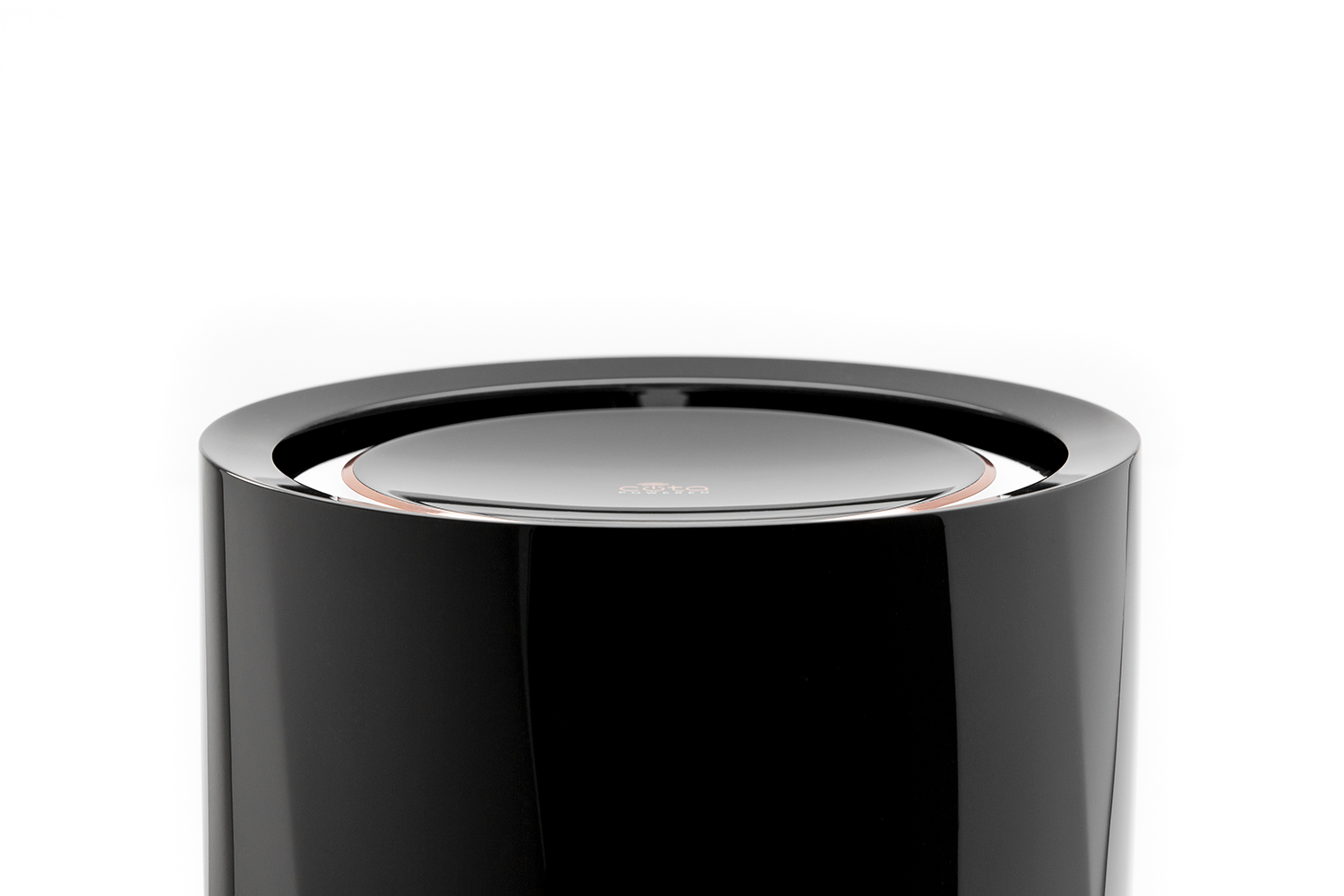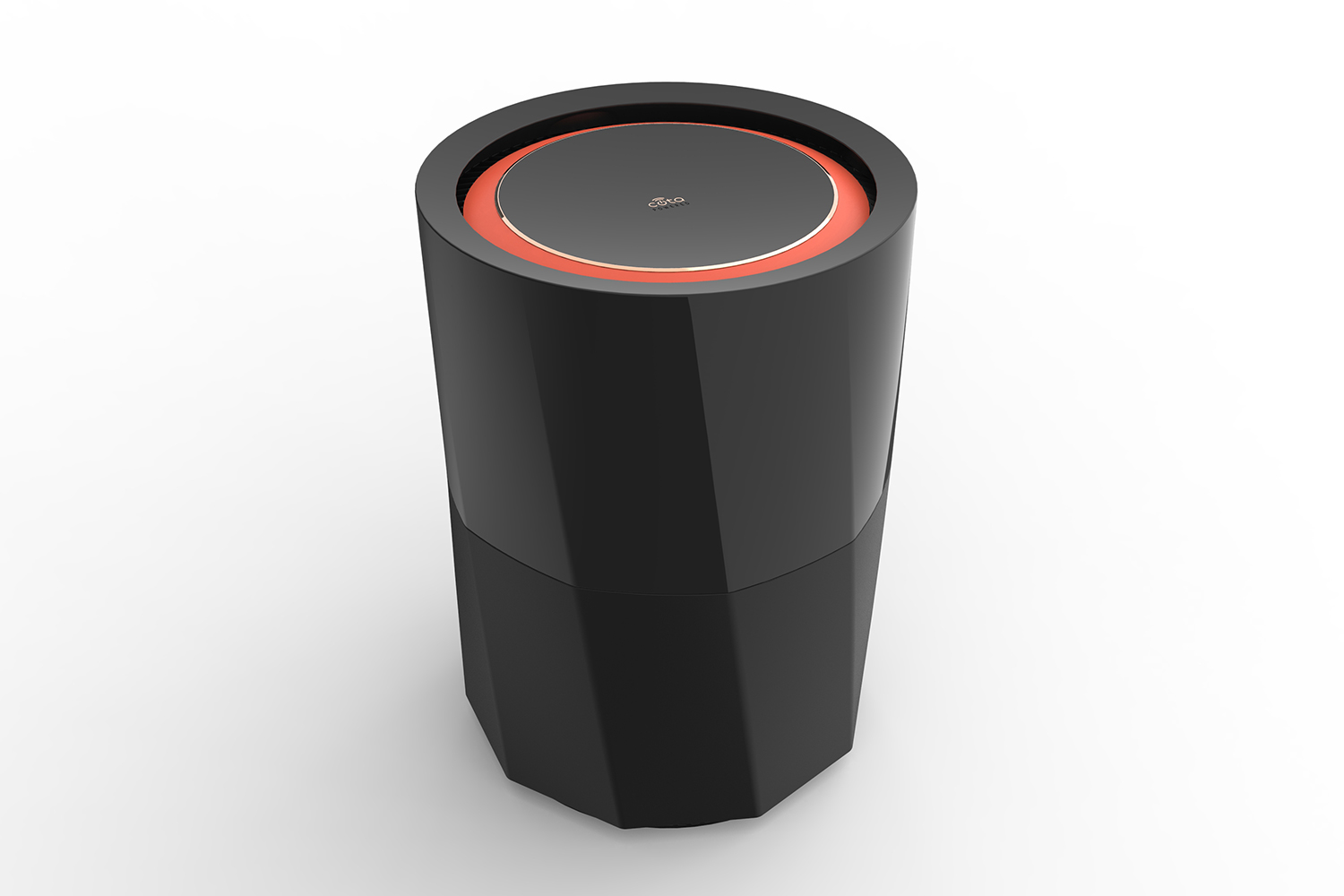“You know when you’re out hiking the Appalachian Trail or the PT, there are all these huts where you can rest and refuel? Well, those could absolutely be equipped with wireless power,” Ossia’s VP of Marketing Jen Grenz told Digital Trends.

While current wireless power is limited to charging mats and pads, there is an increasing demand for more freedom, and this is where Ossia comes in. The company’s technology is one of the few true wireless charging makers with a working prototype, a space that has grown increasingly crowded in recent months. In mid-September, Pi Wireless unveiled an extension of the Qi charging system that’ll power up anything within a 3-foot range. Energous, which took on a $10 million funding round toward the end of 2016, uses a similar technique to send power to wireless receivers.
Unlike the next rest station, mass adoption of wireless power is not far down the road.
Unlike the next rest station on the trail, mass adoption of wireless power is not too far down the road. Ossia has already demonstrated how it can make this happen indoors: A charging platform called Cota that works with transmitter-fitted devices to charge them anywhere in the room and in adjoining rooms. Founder Hatem Zeine explained in an interview that there are four stages of adopting this technology and although we are in the process, we’re not quite there — yet. But, the wireless future is just over the next hill and it sure sounds grand.
How does it work?
Cota charges devices wirelessly by utilizing radio frequency (RF) waves operating off different channels within the 2.45 gigahertz spectrum — the same way your Wi-Fi is delivered. When Cota emits these signals, they bounce off walls and form a pathway until they’re picked up by the transceiver, which sends the signal back along the same plane. The transmitter then charges Cota-compatible devices using hundreds of omnidirectional antennas that beam radio waves at 100 times per second. The device emits low wattage and limits radiation by not passing through people or pets.
“It’s essentially like plugging a router in — so it would require an outlet but that’s about it — and all the wireless devices in an area could be powered,” Grenz continued, alluding to Cota’s widespread applications.

To circumvent the necessity for an external power, these huts could be solar powered. With a limited number of outlets and lack of ability to run cords, wireless power is an ideal solution to charge multiple devices outdoors simultaneously. Backcountry ski huts high on mountaintops could even be powered in this way, effectively enhancing the hiking, skiing, and camping experience. And where there are no huts, there are still opportunities.
“Could you mount a wireless transmitter to a tree out in the open? Absolutely. You’d just lose a little bit of the range but it’s not out of the question,” she added.
The ideas don’t stop here.
“Gone are the days of trail mix and beef jerky — you could bring real food with you.”
Smart objects — such as houses, phones, or even cities — are smart because of their capacity to react to real-time data collected from sensors. Personal health and wellness trackers are exploding across the marketplace. The implementation of wireless power would allow many additional products to be embedded with sensors.
“That’s where it gets fun when you talk about outdoor living. Take your hiking boots, for example. Sensors would allow them to be responsive to body temperature or circulation,” Grenz relayed, with excitement. “They’d allow your sleeping bag to adjust to your body temperature or the temperature it is outside, or for your tent to have dimming screens that respond to sunlight.”
The ability for your hiking boots or socks to be embedded with sensors translates over to measures of safety. These sensors could track heat levels to monitor pressure points, potential blister sites, and help prevent injury. Theoretically, they could alert you or call 911 in an emergency situation if, for example, the boot senses no movement for more than 24 hours.
“Wireless power would allow you to carry ‘refrigerated’ wirelessly powered containers with you while you hike. Gone are the days of trail mix and beef jerky — you could bring real food with you,” she pointed out.
We’ve touched on refrigerated Tupperware previously but the outdoor aspect creates a whole new realm of application.
Pulling it all together
Being able to power devices that help you navigate, provide data, and store food could change the outdoor experience — and for the better. Receiving power during outdoor activities makes them safer and potentially more engaging.
“The big goal is to allow people to have a lot more freedom with their devices and bring things with them to enhance the outdoor experience — to make peoples’ lives better,” Grenz said.
A burning question remains: How far are we from this reality? Although Ossia has a working prototype for the indoor realm, there are still no products on the market. And the company’s vision of its application in outdoor space, while fascinating, is still largely a vision.
“We’re working with the FCC now to get approval on a few projects,” she added. “We expect the first products — most likely targeted in the Internet of Things (IoT) space — to ship out near the end of 2018. By the time it gets to mountaintops in Switzerland, you’re probably looking at about five years but you’ll start seeing products on the market near the end of next year.”
Certification is up to the company but Ossia is just the technology platform; it will be up to manufacturers to start incorporating sensors into their products.

“You know when you see a Wi-Fi signal? It’s universal, everyone knows it. We want the same thing to happen to Cota,” Grenz pointed out at the end of our conversation.
Wireless technology, much like data connectivity, is bound to change the way we live, but there remains a skeptical audience regarding personal privacy. Are sensors going to track your every move? Ossia assures us its goal is to bring good things into people’s lives. Though, while we’ll just to have to wait and see, we already know things are going to look a little bit different.
Take batteries, for example. If you have power available everywhere you go, your batteries won’t need to be very big anymore. What might devices look like if we don’t have to store power in batteries? It opens the paradigm for design. And after a long day spent on the trail, your aching feet will appreciate that.





